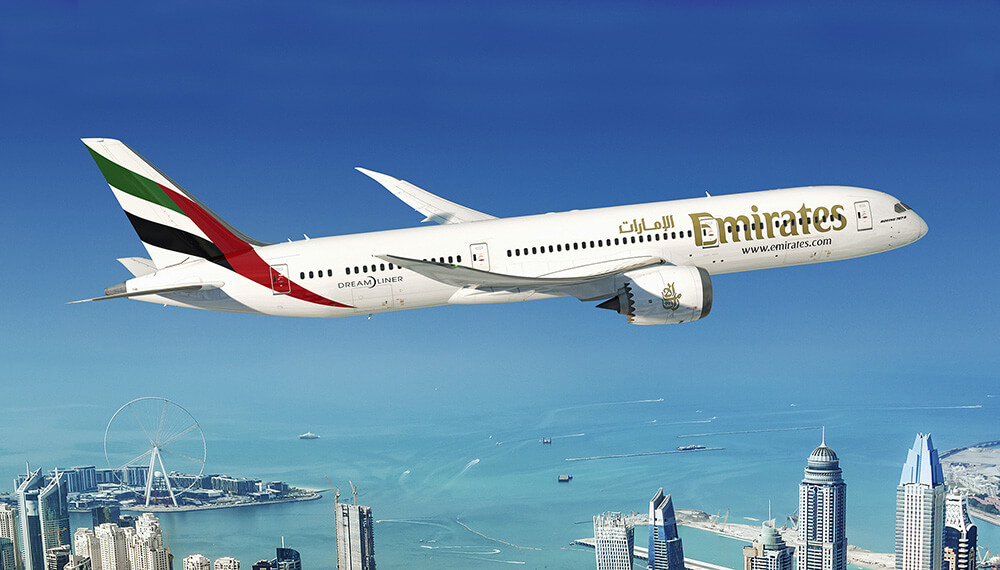
Taking a flight now is a very different experience compared to the time before Covid-19 reared its ugly head.
Currently, there have been measures taken to reduce the spread to the coronavirus. Airlines and Airports have introduced such things as social distancing, face coverings, reduced food menus, not allowing ques to form for toilets on flights.
The two major questions are:-
1). What is the risk of taking a flight?
2). Is Safety guaranteed?
The first thing to consider is what mode of transport you take to the airport. If you use public transport, you are likely to come into contact with other passengers and the surfaces they have touched. It follows that traveling by car is less risky, although with this mode of transport it is worth bearing in mind that thousands of lives are claimed by road traffic accidents every year.
Basically, every type of transport bears some sort of risk. But if your major fear at this time is getting infected with COVID – 19, traveling by car is probably the least risky. If you’re taking a taxi, reduce the risk by keeping the windows open while traveling, wearing a face covering and washing or sanitizing your hand before and after.
Although most people imagine traveling on a plane to be the riskiest part of air travel, it may be the airport itself that carries the most risk, as it is the hub for thousands of people traveling from countries all over the world.
Apart from the measures outlined above, other ways to reduce the risk of transmission in airports are by checking in online, downloading your boarding pass to your phone, and limiting yourself to hand luggage(this will limit the number of hands your luggage passes through). Another thing to bear in mind is that the trays in the security area pass through thousands of hands every day. Possibly these trays are home to more bacteria than the airport toilets. After your pass through security ensure you thoroughly sanitize your hands. Use the toilet before boarding and try to limit the number of times you use the toilet, this will help reduce movement around the cabin and consequently lessen the possibility of coming into contact with passengers who may be carrying the virus. If you can secure yourself a window seat, this will reduce contact with other passengers even further because sitting on the aisle seat you are more likely to be in contact with other passengers moving around the plane.
Bearing all this in mind, studies have shown that the risk of catching a bug on a plane is very low. Many people have the idea in mind that it’s risky taking flights because the air onboard is recycled around the aircraft, spreading other people bugs around the craft. This is simply not true. These days Jet aircraft air equipped with advance filtrating ventilation systems that very effectively catch 99.9% of airborne microbes filtered through the system. This is why flying on modern jets carries no more risk than sharing a confined area with other people on a bus or train.
